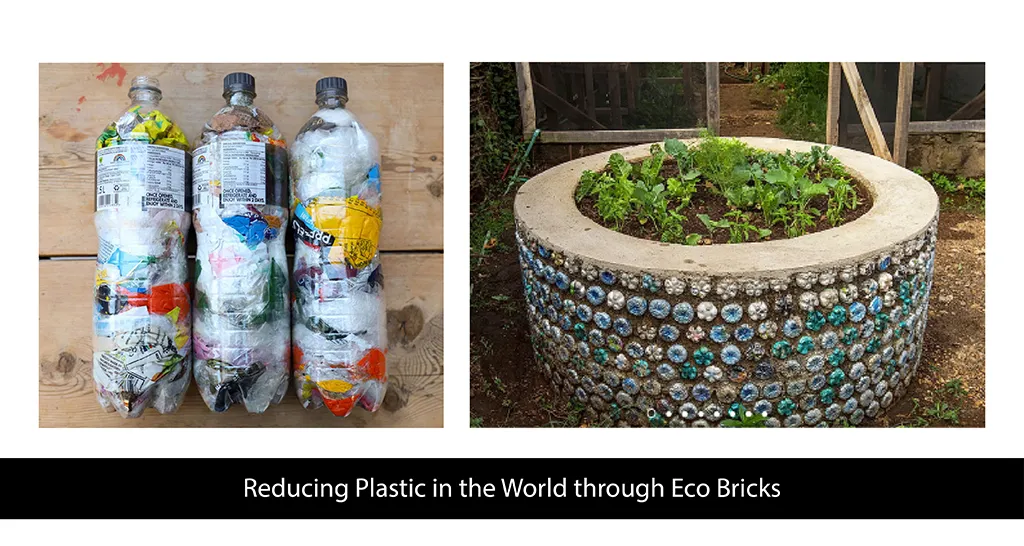In the heart of Pakistan’s bustling construction industry, a beacon of innovation is emerging, promising to reshape the sector’s environmental footprint and economic viability. Researchers, led by Khawaja Adeel Tariq from the Department of Civil Engineering at the University of Engineering and Technology, have developed eco-friendly bricks and tuff tiles using agricultural and industrial waste. This breakthrough, published in the journal ‘Scientific Reports’ (translated as ‘Nature Research Reports’), could significantly impact the energy sector and beyond.
The construction industry in Pakistan grapples with high material costs, environmental degradation, and inefficient waste management. Tariq and his team have tackled these challenges head-on by incorporating various agricultural byproducts and industrial wastes into their novel building materials. “We saw an opportunity to turn waste into a valuable resource,” Tariq explains. “By doing so, we can reduce environmental pollution and lower production costs.”
The researchers conducted a comprehensive experimental analysis, including density tests, compressive strength measurements, water absorption evaluation, and microstructural analysis using X-ray Diffraction (XRD). The results are promising. Incorporating waste materials, particularly rice husk, reduced water absorption by up to 1% in bricks and 9% in tuff tiles. Compressive strength reached up to 9 MPa for bricks and 32.3 MPa for tuff tiles, using sugarcane bagasse ash, comparable to conventional materials. The density of these new materials ranges from 1.5 to 2.0 g/cm³.
The economic implications are substantial. Production costs can be lowered by 14% for bricks and 4% for tuff tiles compared to traditional products. This cost reduction could free up resources for other critical investments in the energy sector, such as renewable energy projects or infrastructure upgrades.
The environmental benefits are equally significant. By utilizing underexploited agricultural and industrial byproducts, this research provides economically viable and environmentally friendly alternatives to traditional building materials. “This is not just about creating new materials; it’s about fostering a sustainable future,” Tariq emphasizes.
This research aligns with the United Nations Sustainable Development Goals (SDGs), particularly Goal 9 (Industry, Innovation, and Infrastructure), Goal 11 (Sustainable Cities and Communities), and Goal 12 (Responsible Consumption and Production). By advancing these goals, the study offers a practical framework for sustainable construction practices not only in Pakistan but globally.
The implications for the energy sector are far-reaching. As the demand for sustainable and energy-efficient buildings grows, so does the need for innovative materials that can meet these requirements. The eco-friendly bricks and tuff tiles developed by Tariq and his team could play a crucial role in this transition.
Moreover, the use of agricultural and industrial waste in construction can help reduce the environmental impact of these sectors. By diverting waste from landfills and incinerators, the research contributes to lower greenhouse gas emissions and a cleaner environment.
As the world grapples with the challenges of climate change and resource depletion, innovations like these are more important than ever. They offer a glimpse into a future where sustainability and economic viability go hand in hand. “We are at the cusp of a new era in construction,” Tariq concludes. “One where waste is not a liability but an asset.”
This research not only shapes future developments in the construction field but also sets a precedent for other industries to follow. It demonstrates that with creativity and a commitment to sustainability, it is possible to turn waste into a valuable resource, paving the way for a more sustainable and prosperous future.

